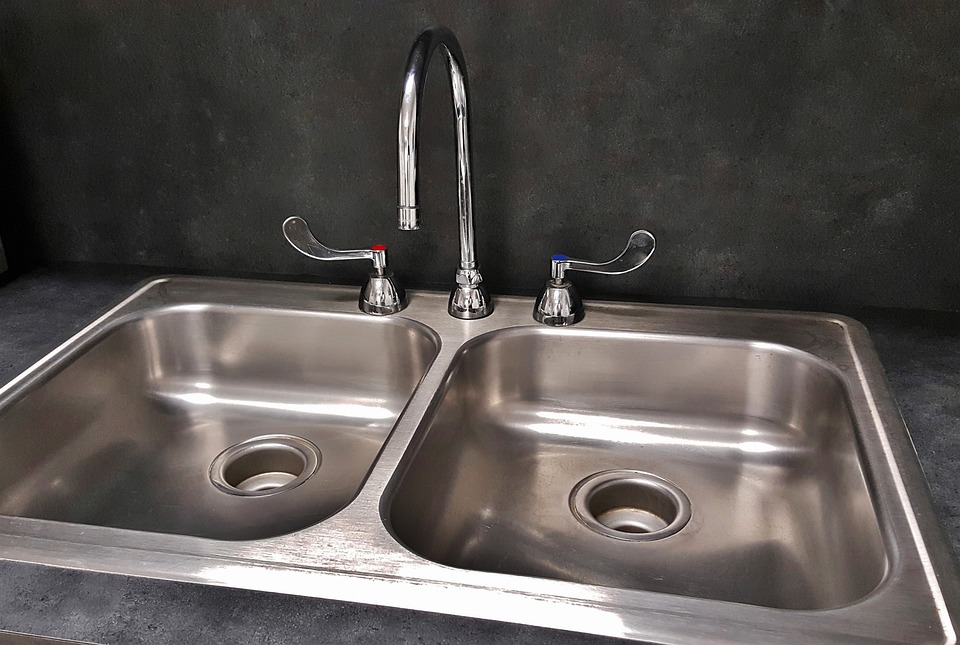A kitchen sink is a basin installed in the kitchen for washing dishes, preparing food, and cleaning up. It is a crucial component in the kitchen, as it is used daily for various tasks. Kitchen sinks come in a variety of sizes, materials, and styles to fit different kitchen designs and personal preferences.
Common materials for kitchen sinks include stainless steel, porcelain, granite, and composite materials. Some sinks have one basin, while others have two or more basins for separating tasks. There are also different styles of kitchen sinks, such as undermount sinks, drop-in sinks, and farmhouse sinks.
In addition to its practical use, the kitchen sink can also play an important role in the design of the kitchen. Choosing the right sink can complement the overall look of the kitchen and add a touch of personal style. With proper installation and maintenance, a kitchen sink can last for many years and provide a functional and stylish addition to the kitchen.
how to install a kitchen sink?
Here are the steps for installing a kitchen sink:
Preparation: Before installing the sink, gather the necessary tools and materials, including the sink, mounting kit, silicone caulk, plumbing supplies, and a putty knife. Remove the old sink and clean the countertop area.
Placing the sink: Place the sink in the hole in the countertop and make sure it is centered and level.
Securing the sink: Use the mounting kit to secure the sink in place. The kit should come with brackets, screws, and clips that attach to the bottom of the sink and secure it to the countertop.
Connecting the plumbing: Connect the plumbing according to local codes and the manufacturer’s instructions. Wrap Teflon tape around the threads of the water supply lines to prevent leaks.
Caulking: Apply a continuous bead of silicone caulk around the sink and countertop where they meet. Use a putty knife to smooth the caulk and remove any excess. Allow the caulk to dry completely before using the sink.
Final checks: Turn on the water and check for leaks. Make sure the sink is level and the plumbing is secure.
Installing a kitchen sink can be a DIY project for someone with basic plumbing skills. However, if you’re not comfortable with plumbing or don’t have the necessary tools, it’s best to hire a professional plumber. A well-installed sink should last for many years with proper maintenance.
how to clean kitchen sink drain?
Here are a few steps you can follow to clean a kitchen sink drain:
Boiling water: Boil a pot of water and pour it down the drain to help soften and remove any grease or oil that may be clogging the drain. Repeat this process a few times if necessary.
Baking soda and vinegar: Mix equal parts of baking soda and white vinegar together to form a paste. Pour this paste down the drain and let it sit for about 15 minutes. Then, rinse with boiling water.
Salt, baking soda, and vinegar: Mix 1/2 cup of salt, 1/2 cup of baking soda, and 1/2 cup of white vinegar together. Pour this mixture down the drain, let it sit for 15-30 minutes, and then rinse with boiling water.
Plunger: Use a plunger to help remove any blockages in the drain. Place the plunger over the drain and pump it several times.
Snake: If the above methods do not work, you may need to use a drain snake to physically remove the blockage. Simply insert the snake into the drain and rotate it to break up and remove the clog.
If the clog persists or you are unable to remove it, you may need to call a plumber for assistance.
How to fix a leaking kitchen sink?
A leaking kitchen sink can be a frustrating problem, but it can usually be fixed with a few simple steps. Here’s what you can do:
Identify the source of the leak: Look under the sink and inspect the pipes and fittings for any signs of water damage or dripping. Check the faucet, the strainer basket, and the sink stopper for leaks.
Tighten loose connections: If you find a leak at a joint or connection, tighten the nuts or bolts with a wrench.
Replace the O-ring: If the leak is coming from the base of the faucet, it may be a faulty O-ring. To fix this, turn off the water supply, remove the handle, and replace the O-ring.
Replace the washer: If the leak is coming from the handle of the faucet, it may be a faulty washer. To fix this, turn off the water supply, remove the handle, and replace the washer.
Replace the faucet: If the faucet is beyond repair, consider replacing it with a new one.
If you are unsure about any of these steps or do not have the necessary tools, it may be best to call a plumber for assistance. A professional can quickly diagnose and fix the problem, ensuring that your kitchen sink is leak-free and functioning properly.
What is the standard size for a kitchen sink?
The standard size for a kitchen sink is 22 inches by 30 inches, but it can vary depending on the specific model and the size of the countertop cutout. There are also many other sizes available to choose from, including:
- 17 inches by 17 inches
- 18 inches by 18 inches
- 20 inches by 20 inches
- 24 inches by 24 inches
- 33 inches by 22 inches
- 33 inches by 22 inches
- 36 inches by 22 inches
It’s important to choose the right size for your kitchen based on your specific needs and the size of your countertop. Some factors to consider when selecting a kitchen sink size include the amount of counter space you have available, the number of people in your household, and the type of activities you will be using the sink for (e.g., washing large pots and pans). It’s always a good idea to measure your countertop and compare it to the dimensions of the sink you’re interested in purchasing to ensure a proper fit.
How to get rid of smell in kitchen sink?
If your kitchen sink has an unpleasant odor, here are some steps you can take to get rid of it:
Clean the sink: Start by thoroughly cleaning the sink and removing any food particles or debris that may be causing the smell. Use a mixture of hot water and dish soap or a non-toxic cleaner to scrub the sink, and rinse it well.
Use baking soda: Sprinkle baking soda in the sink and scrub it with a damp cloth. Rinse the sink well and repeat if necessary. The baking soda will help to neutralize any unpleasant odors.
Use vinegar: Fill the sink with a solution of equal parts water and white vinegar. Let it sit for about 15 minutes, then rinse the sink thoroughly with water.
Use lemon: Cut a lemon into slices and rub them around the sink to help remove any odors. Rinse the sink well with water.
Run hot water: Run hot water down the drain for a few minutes to help flush out any bacteria that may be causing the odor.
Use a cleaning agent specifically designed for drains: There are various cleaning products available specifically designed for drains that can help remove bad odors. Simply follow the instructions on the packaging.
If the odor persists after trying these steps, it may indicate a more serious problem with your drain, such as a blockage or a buildup of grease or debris. In this case, it may be necessary to call a plumber for assistance.




